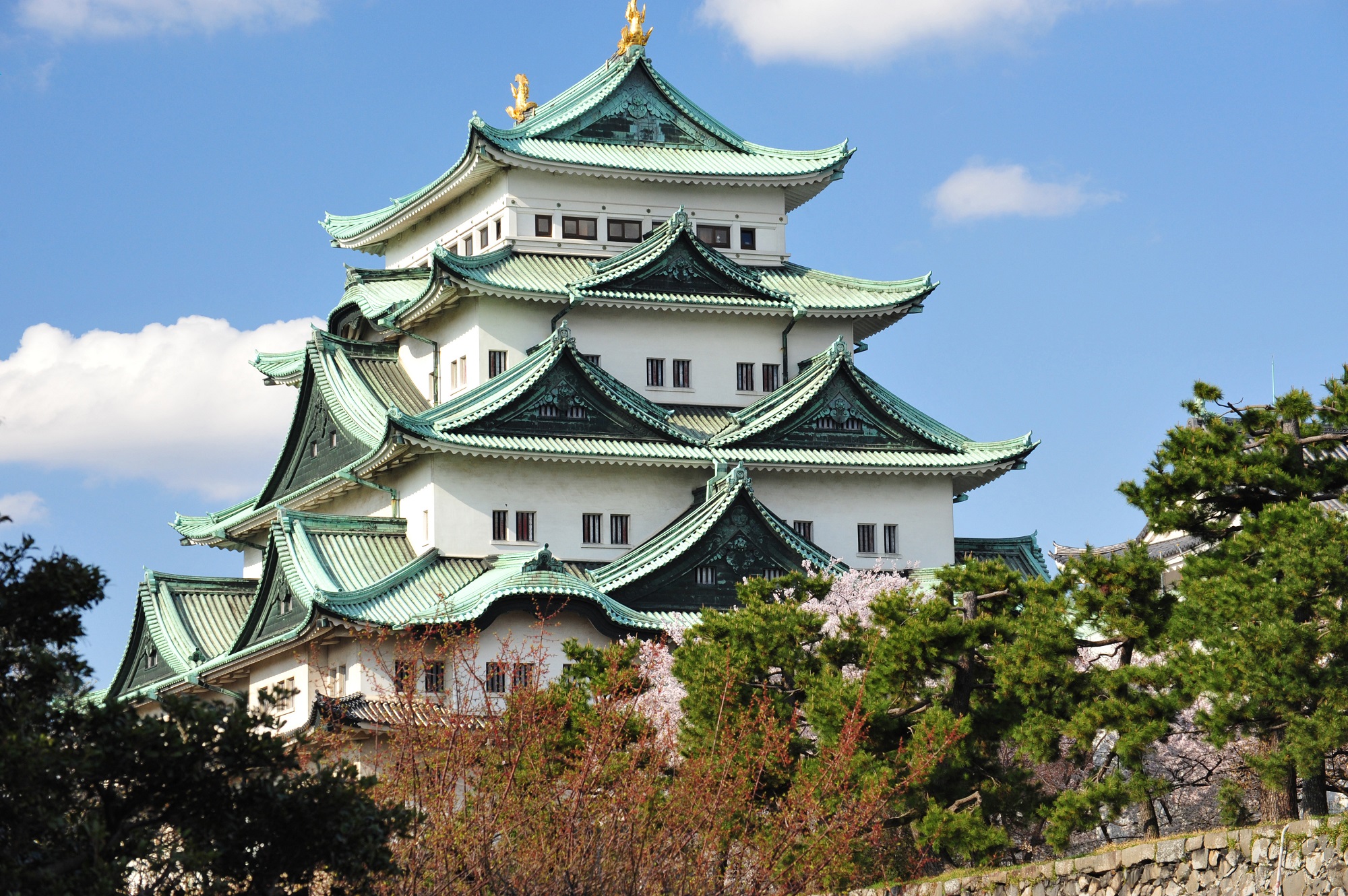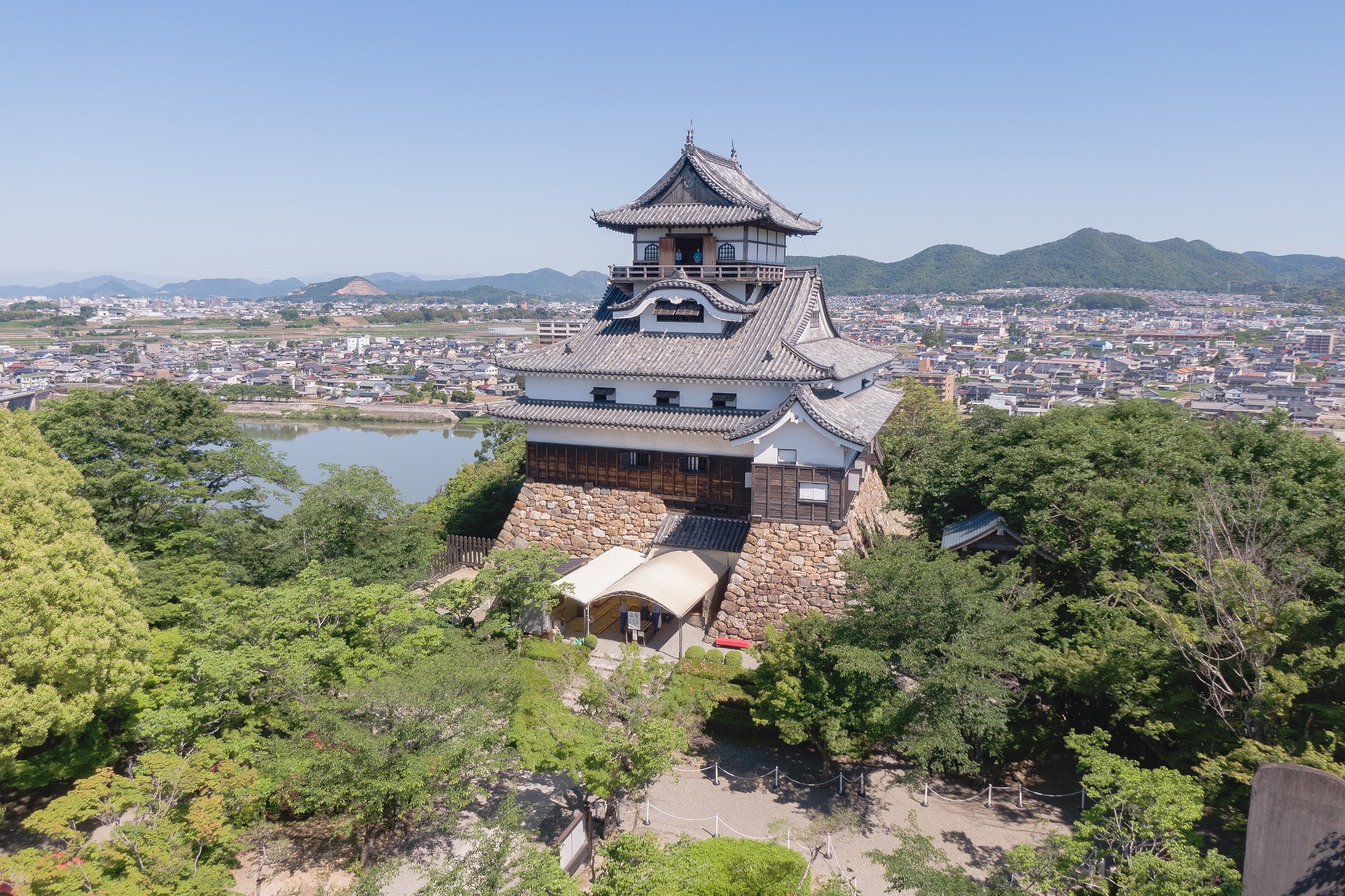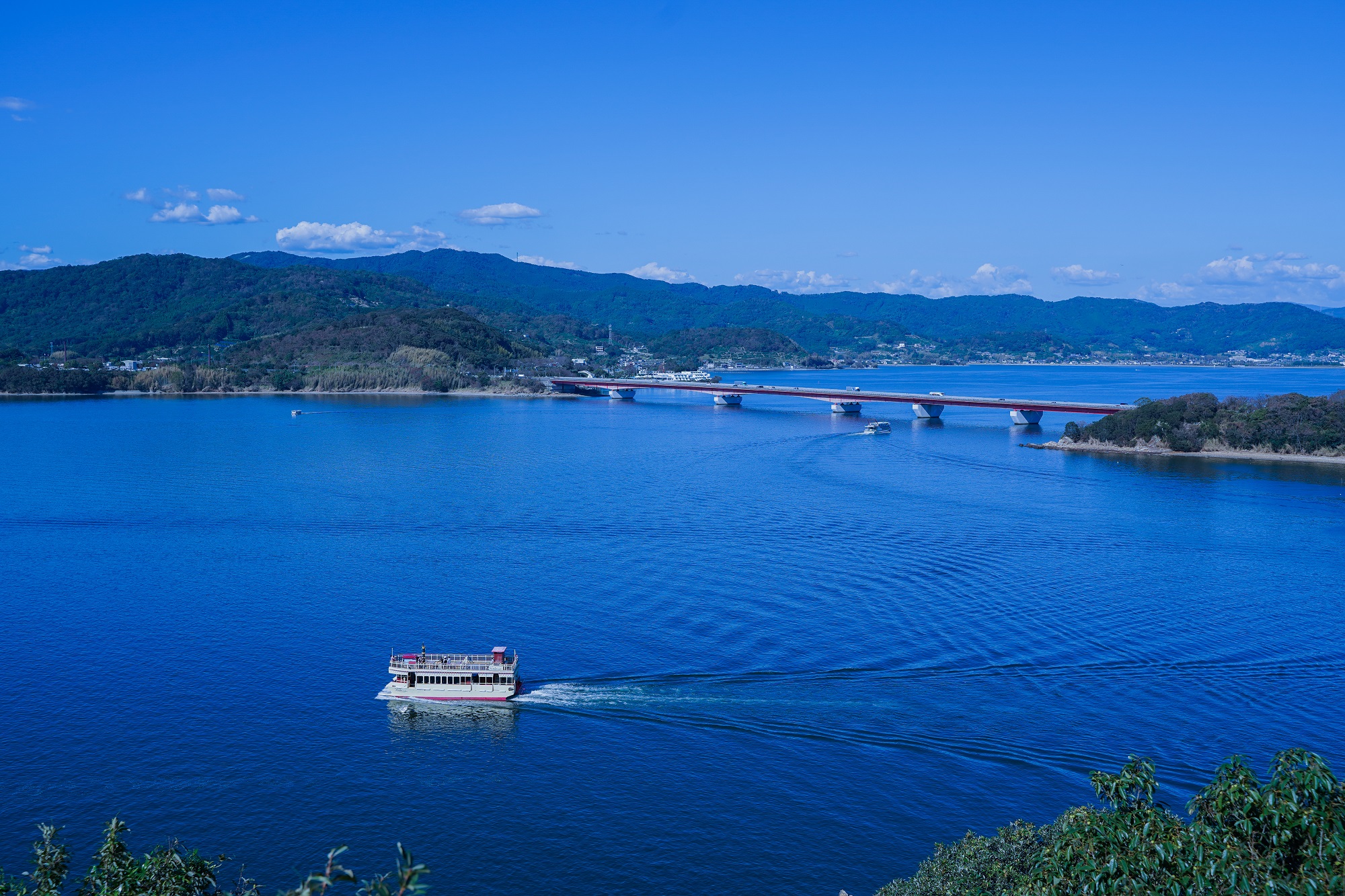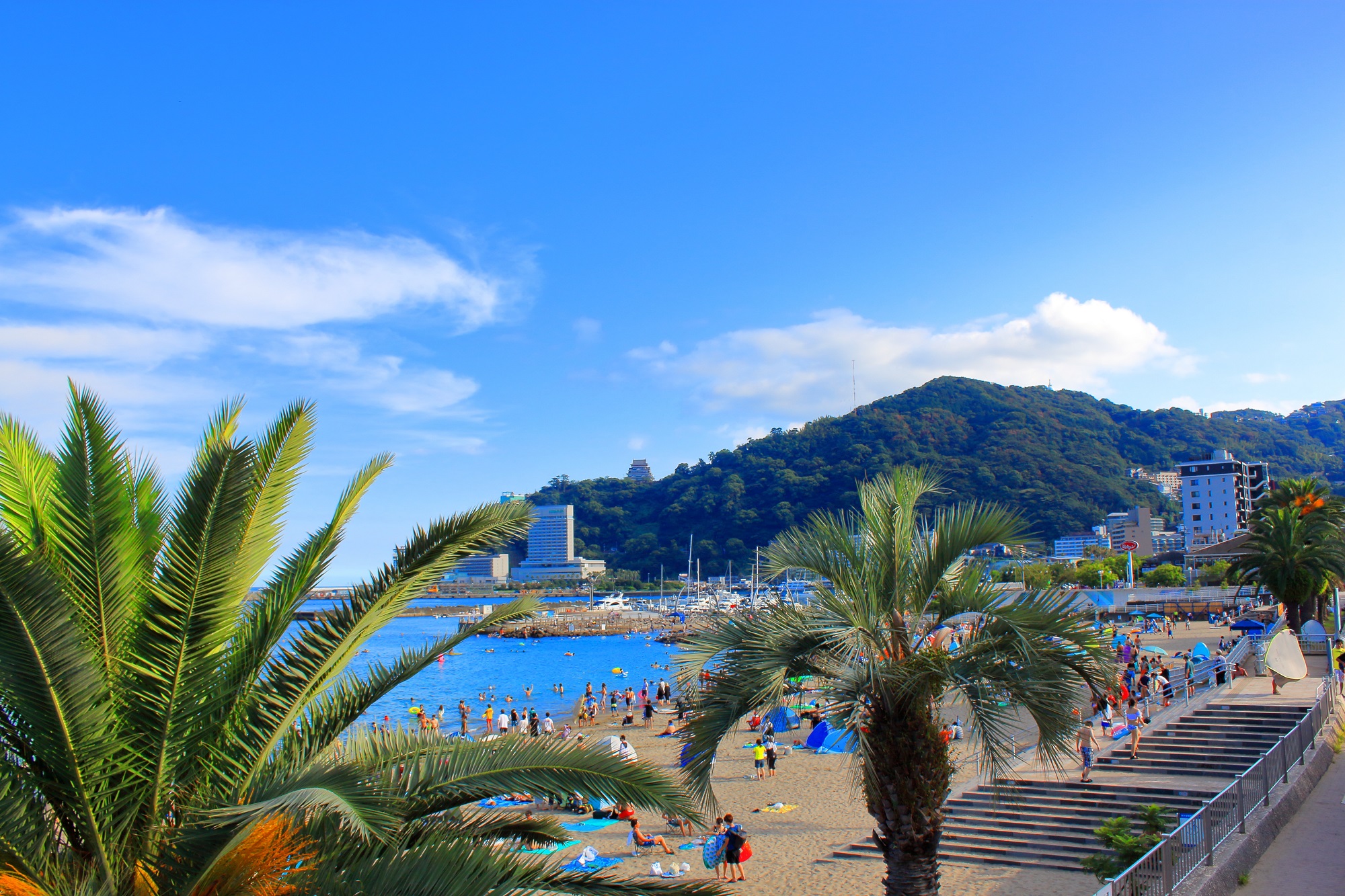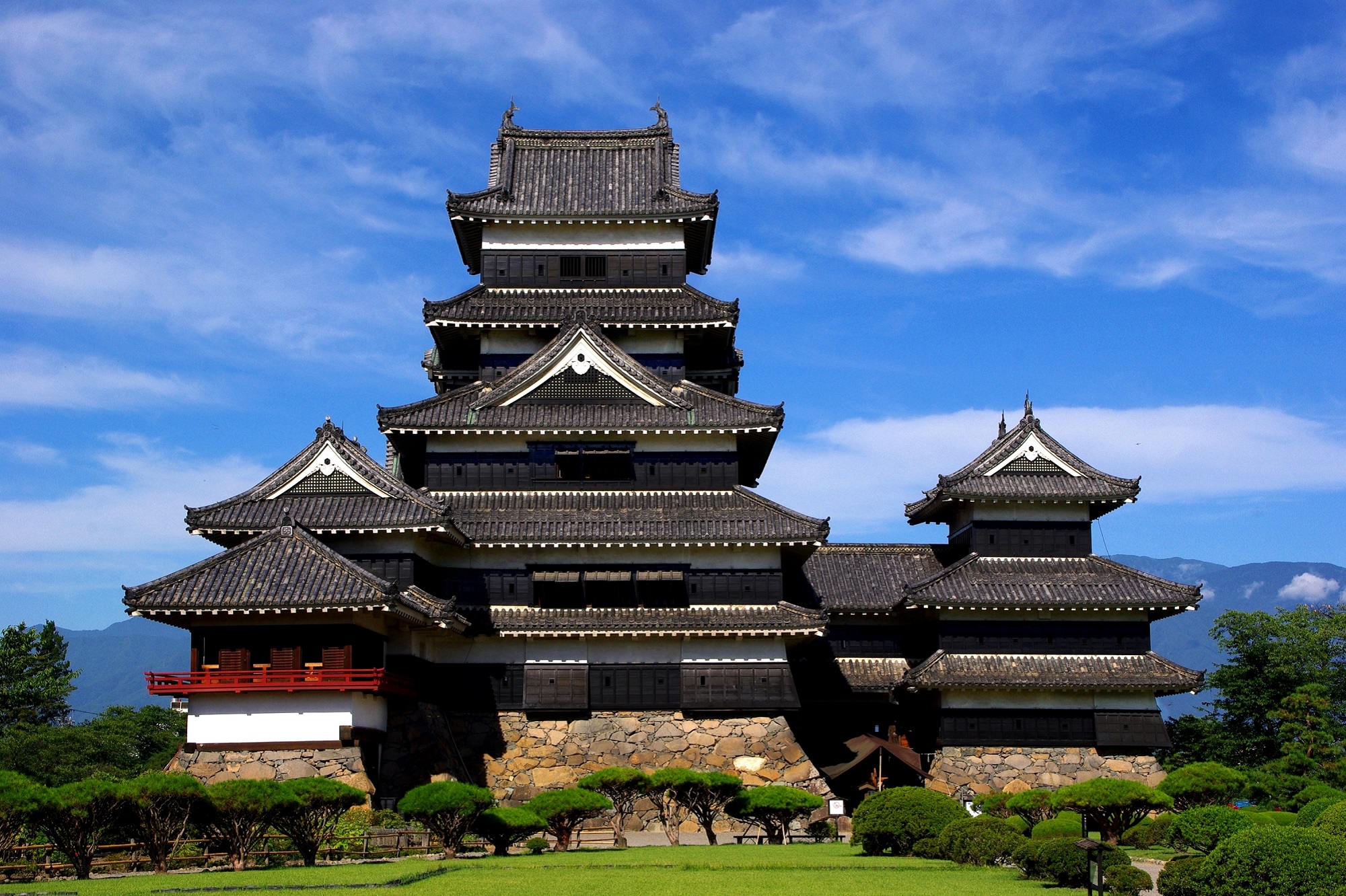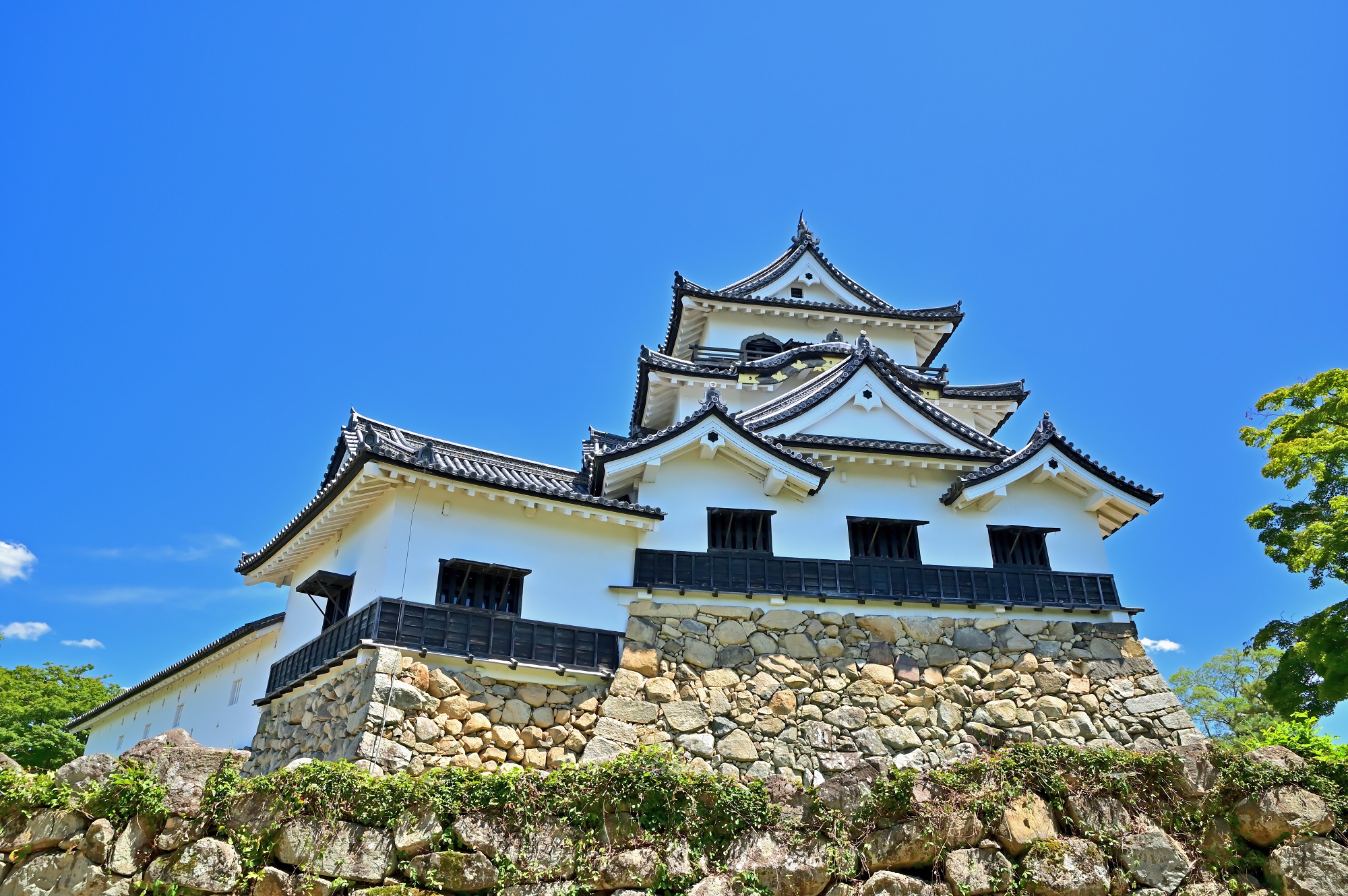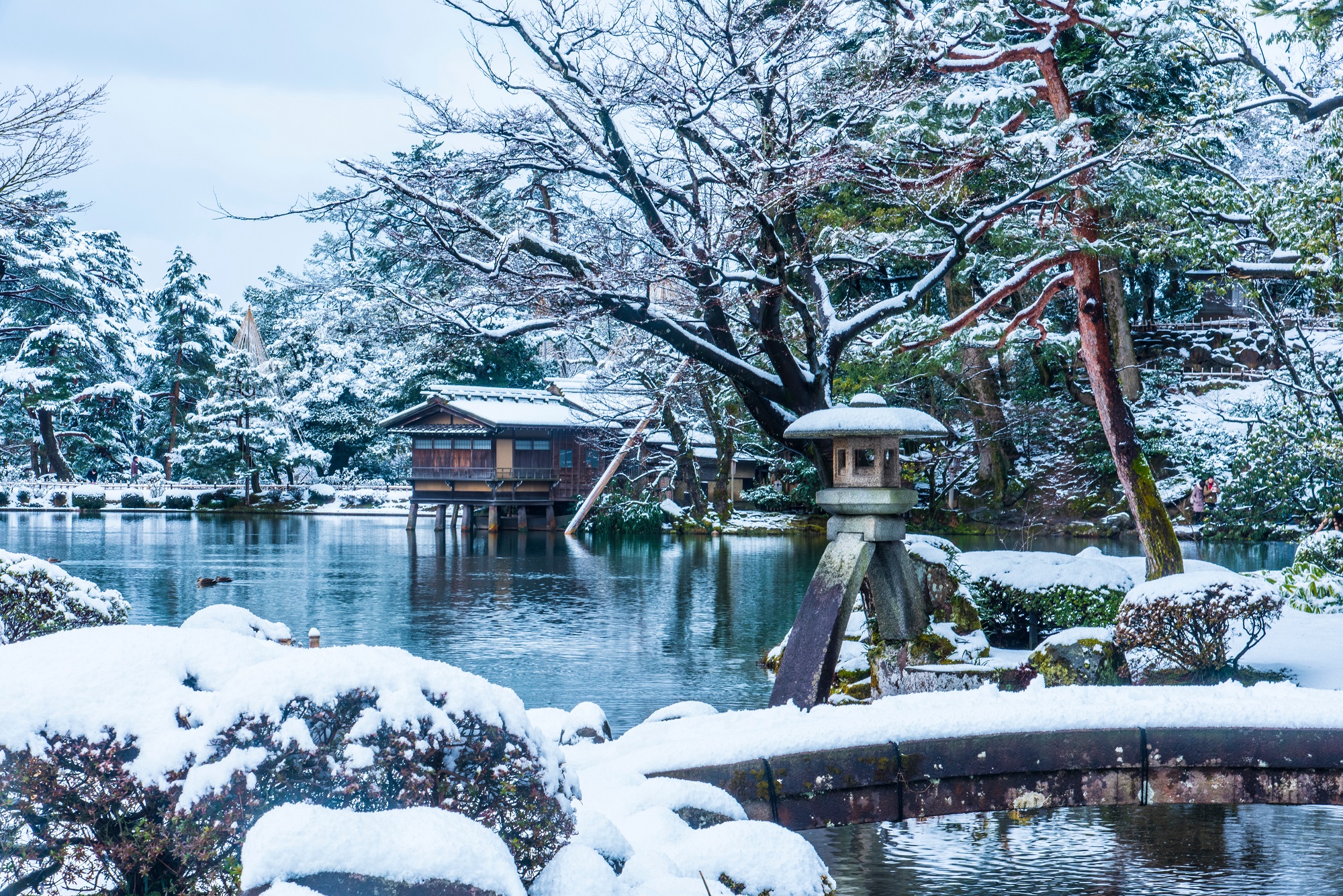Castles / 城
The History of Japanese Castles
One of the most interesting and breathtaking historical elements of Japan are the castles. Japanese castles evolved from the moated settlements of earlier centuries and developed into the most recognized form today by the late 15th century. The functions of Japanese castles initially mirrored those of the European counterparts, for defense, strategic control, and to intimidate enemies.
Although originally conceived of simply as fortresses to guard strategic locations such as trade routes, roads, and rivers, Japanese castles were also built to serve as centers of governance.
By the Sengoku period, the castles were the homes for local feudal lords and their family and aimed to intimidate rivals with their extensive defenses, imposing size, and the opulent design of their elegant façades and interiors.
Although more stone was used in the construction than most Japanese buildings to ensure the fortresses would endure, the castles were still primarily constructed of wood, which means that many have been destroyed over the centuries.
However, especially during the Edo period as well as more recently, several castles were reconstructed to reflect their original design, as national heritage sites and museums.
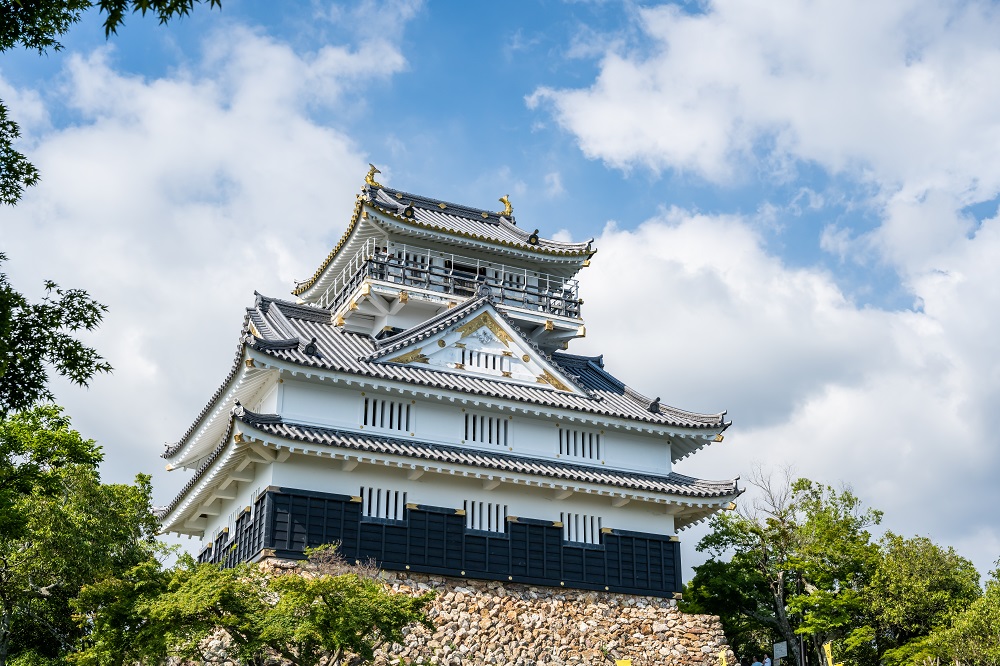
The "mountain castles" of the Warring States period in Japan (1467 -1568), were seated on the steep slopes and on the cliffs atop mountains or hills and were often carved out to enhance the defensive features, so, the castles were not suitable for conducting political affairs. The advent of firearms in the 16th century made it necessary to keep distance from the enemy, leading to the development of wide moats. Over time, castles came to be built on mountains or hills with gentle slopes (flatland mountain castles) or on flat and open plains (flatland castles), and the Castle Towns developed around them, both Samurai warriors and common townspeople settled down to live around the castles.
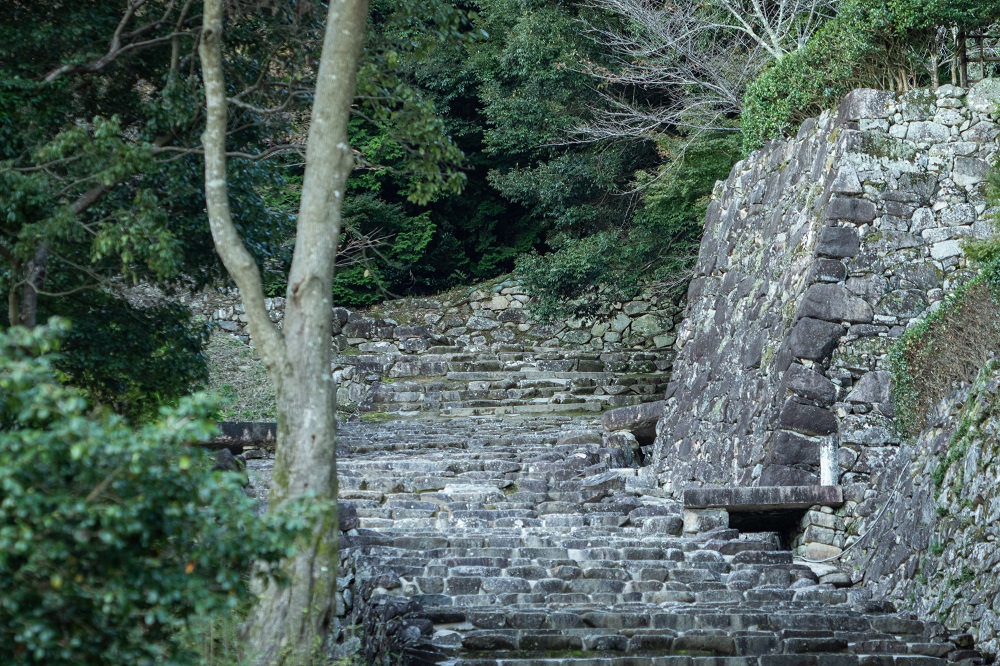
Flatland mountain castles were built on low mountains or hills surrounded by flat land, with the honmaru [central bailey] at the top of the hill and ninomaru [the section that protects the honmaru], sannomaru [the section protecting the ninomaru] and the other structures in steps down to the foot of the hill to the flat land (other theories exist as well). The first flatland mountain castle was Azuchi Castle, built by Oda Nobunaga and is characterized by the soaring keep built in the honmaru. Since the construction of the Azuchi Castle, many castles have included such a keep, built as the symbolic face of the castle. In addition, vassals were made to live around the castle, leading to the development of castle towns.
Later, the flatland castle was built on flat land, using natural rivers and swamps, as well as artificially constructed moats as defensive barriers. As castle-building techniques developed, it became possible to construct large moats and high, sturdy stone walls. This enabled the building of near-impregnable castles on flat land, and as a result, castles came to play an increasingly important role as political and economic centers, and Nagoya Castle and Matsumoto Castle are the examples.
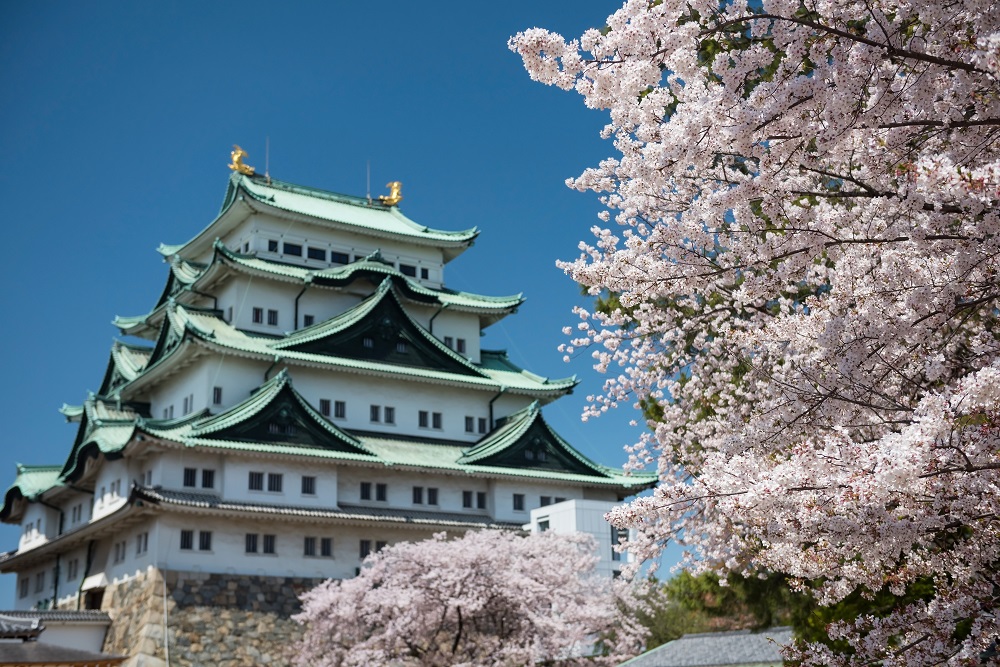
Types of Castles
Of the many castles that once existed, the twelve of the remain were built before the Edo Period (1615) and the original, iconic castle keeps still retained have come to symbolize the Japanese castles. The castles are Hirosaki Castle (Aomori Prefecture), Matsumoto Castle (Nagano Prefecture), Maruoka Castle (Fukui Prefecture), Inuyama Castle (Aichi Prefecture), Hikone Castle (Shiga Prefecture), Himeji Castle (Hyogo Prefecture), Matsue Castle (Shimane Prefecture), Bitchu Matsuyama Castle (Okayama Prefecture), Marugame Castle (Kagawa Prefecture), Iyo Matsuyama Castle (Kagawa Prefecture), Uwajima Castle (Ehime Prefecture), and Kochi Castle (Kochi Prefecture).

Many of the castle keeps existing today are reconstructed. The faithful reconstructions of the original structures are the "restored castle keeps". The ones with reproduced interior structures and used the same materials and building techniques are the "wood-construction reproduced castle keeps", and the ones reproduced using modern materials and building techniques (ex. reinforced concrete) are the "exterior restored castle keeps". The castles with keeps that differ from the originals are the "reconstructed castle keeps" and the ones that originally did not have a castle keep but were newly built are the "mock castle keeps".
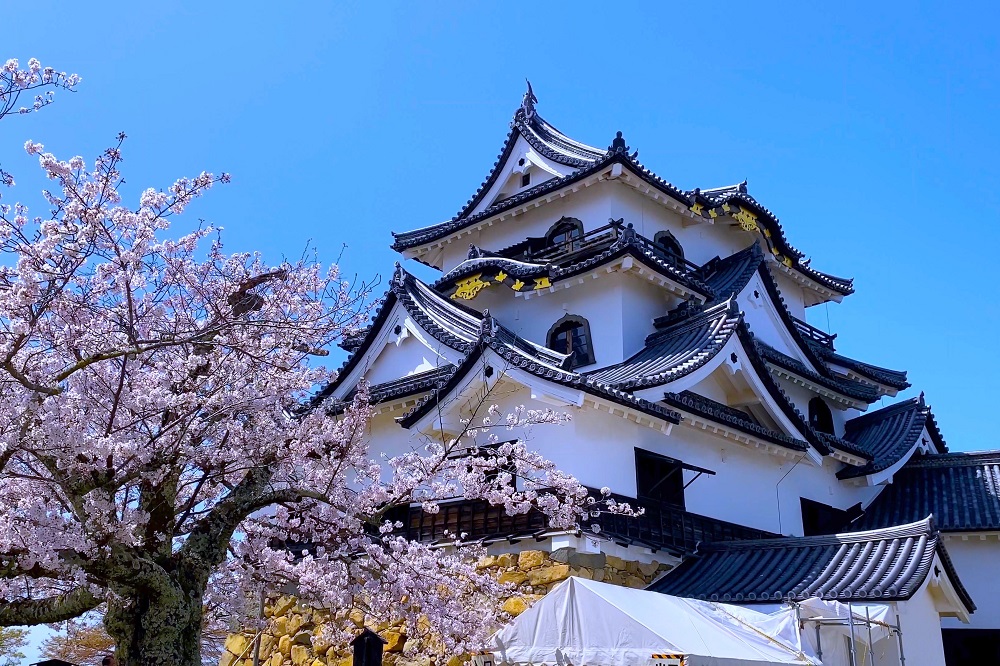
Visiting Castles
The main attraction of the Japanese Castle is the castle keep, originally built as military facilities serving as fortresses and the final defensive position of a castle. Although almost never used in ordinary everyday life, they were built to symbolize the authority of the lord of the castle. The lord of the castle had the living quarters called the "goten", many of which were divided into the "oku-goten" [the private quarter of the lord], and the "omote-goten" [where the political affairs were conducted]. It is not unusual to have several "goten" within the same castle, such as the "honmaru goten" in the central bailey and a "ninomaru goten" in the second bailey. The "omote-goten" were lavishly decorated places for lords to meet with the vassals and receive visitors.
Turrets were built at vantage points and served as storehouses for weapons and food, the watchtowers to look out for approaching enemies and the locations to shoot bows and firearms during the battles. Castles had several turrets to be used as the defensive strong points, the larger ones were used as substitutes for the castle keep for the castle that did not have one.
The castle gate, stone walls, and moat are also worthy of attention. Each castle has its own unique structure and layout to match the local terrain and climate, as well as the defensive strategy of the occupiers.
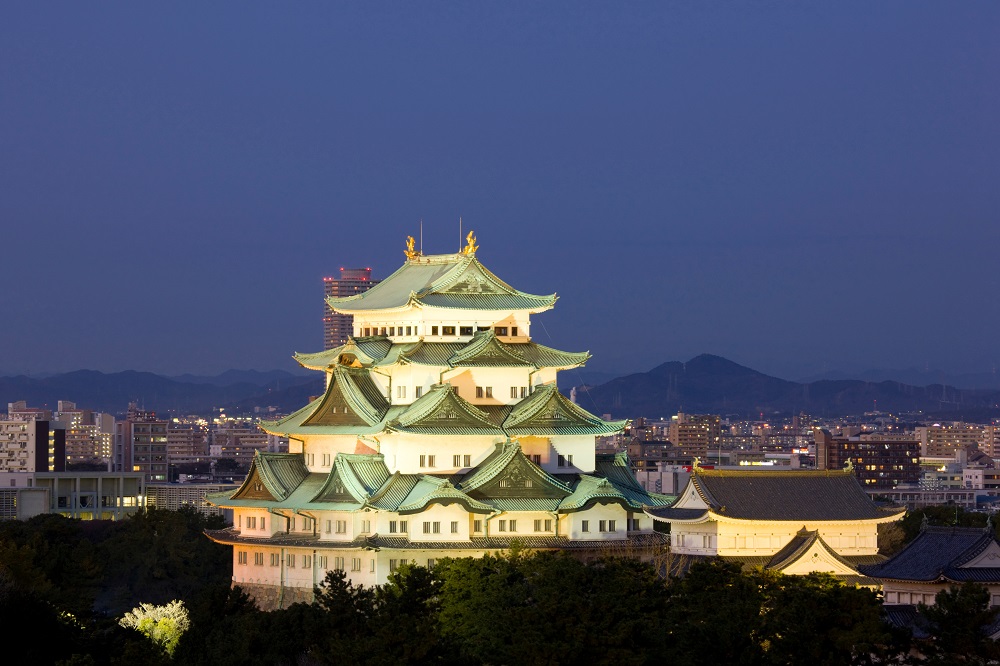
Destinations
Nagoya Castle / 名古屋城 (Aichi)
Nagoya Castle, the one of the icons of Nagoya, was completed in 1615 by the Shogun, Tokugawa Ieyasu. Intended as the residence of the Owari Tokugawa family to prepare for the threat of the Toyotomi Cl....
Inuyama Castle / 犬山城 (Aichi)
Built in 1537 by Oda Nobuyasu, the uncle of the famous warlord Oda Nobunaga, Inuyama Castle is the symbol of Inuyama City. The castle's keep is the oldest still standing in Japan, and the castle as a ....
Hamanako [Lake Hamana] / 浜名湖 (Shizuoka)
Lake Hamana is a brackish-water lake that spans the boundaries of Hamamatsu and Kosai cities. With a circumference of 114 km, it is the largest brackish-water lake in Japan. Eels, seaweed, oysters, an....
Atami / 熱海 (Shizuoka)
Atami is celebrated as one of the finest hot spring resorts in Japan. It is said that not only did Tokugawa Ieyasu visit Atami Onsen for a hot-spring cure, but he also had the restoratively gentle spa....
Matsumoto Castle / 松本城 (Nagano)
Matsumoto Castle is Japan's oldest five-tiered castle with a six-story keep, and one of only 12 castles in the country with a keep that dates back pre-Edo Period (1600/1603-1868). Currently, only two ....
Gifu Castle / 岐阜城 (Gifu)
Gifu Castle, formerly known as Inabayama Castle, was Saito Dosan during the Warring States Period. Perched atop a rocky hill, this castle was reputed as being impregnable, and it was said that "whoeve....
Hikone Castle / 彦根城 (Shiga)
Hikone Castle was the residence of the Ii family, feudal lords who held important positions in the Edo shogunate and supported the reign of the Tokugawa family. In 1604, by order of Tokugawa Ieyasu, c....
Kenroku-en / 兼六園 (Ishikawa)
Kenrokuen is one of the three most famous gardens in Japan, alongside Okayama Korakuen in Okayama City, Okayama Prefecture, and Mito Kairakuen in Mito City, Ibaraki Prefecture. As one of the most famo....

